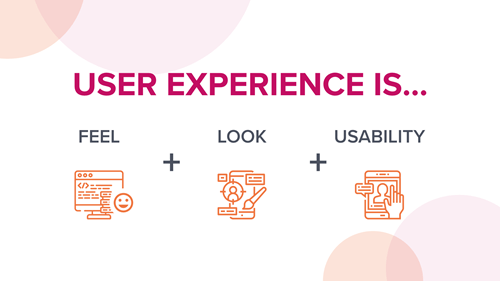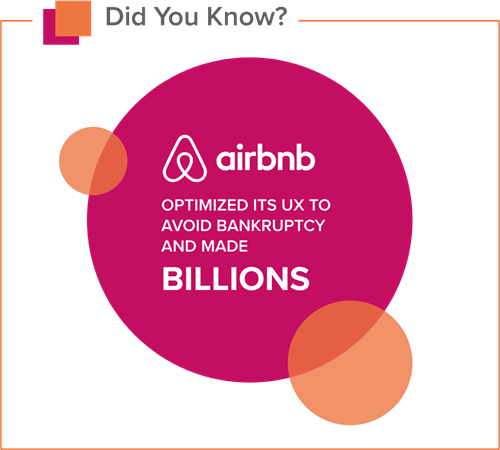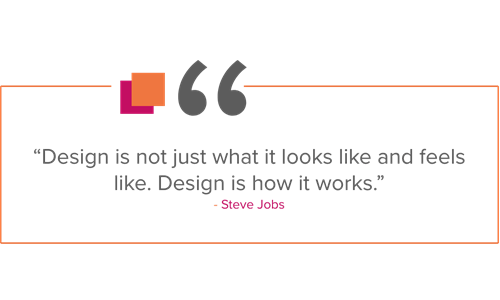When I tell people that I’m a user experience (UX) designer, most people nod politely as their eyes glaze over for a second, and they try to move the conversation along. Early in my career I thought they were completely uninterested, but over time, I came to realize that many people simply don’t know what UX is and might feel awkward about asking. On behalf of misunderstood UX designers everywhere, please allow me to introduce you to the wonders of quality UX and why you should care about it.
What is User Experience?
User experience is the interaction with a product, system, or service. Today’s digital experiences go beyond a single interface to create a streamlined user experience across platforms. Today, we design for the look, feel, and usability of multi-touchpoint experiences. Imagine you just applied for a credit card—afterwards, you might get a welcome email, visit their website, download a mobile app, or you might want to speak to a customer service representative. All of those interactions need to be anticipated and designed to create a cohesive and fulfilling customer journey.

As a user experience designer, I strive to improve our world by making products and services more intuitive and easier to use by thinking about how a user interacts with the service. If there is any friction between the user and getting what they want or expect, I consider it a bad experience. A good user experience delivers exactly what the user expects—ease of use, accessibility, credibility, utility, and discoverability.
Why UX is a Joke
Recently, a fellow UX expert and Liquid colleague, Jeff Doubek, sent me an article that included an amazing quote from @MartinLeBlanc: “A user interface is like a joke. If you have to explain it, it’s not that good.” Although LeBlanc is being a little cheeky, he makes a valid point—truly good UX is so obvious and effective that it requires no explanation.
In the past, many companies focused their marketing efforts on trying to convince consumers to feel a certain way about their offerings with the sole goal of increasing sales. Today, smart organizations adopt a more holistic view of marketing as a way to create lasting relationships with their consumers, and high-quality UX design is an important part of those relationships.
Beware of Bad UX
Here are some examples on how bad UX can affect your business:
- A non-responsive website may affect your SEO. Frustrated users won’t return to your site, which will result in less traffic.
- A simple landing page without a clear call to action (CTA) may kill or lose conversions.
- Inconsistent branding may affect user perception of your organization’s values.
- A bad or boring layout may cause users to lose interest in returning to your site to learn more about your products and/or services.

It may be expensive to fix usability problems that could have been avoided by implementing good UX design before site development was finished.
Give the People What They Want
In today’s hyper-connected world, applying UX best practices in the early stages of any project saves your company money in the long run. Exceptional UX leads to improved conversion rates and happy users who may be inspired to recommend your products and services. In short, effective user experience design can drive increases in revenue. Don’t waste money on trying to tell people what they want—instead, provide them with elegant UX that helps them tell you.
I’ll leave you with one of my favorite quotes of all time:


